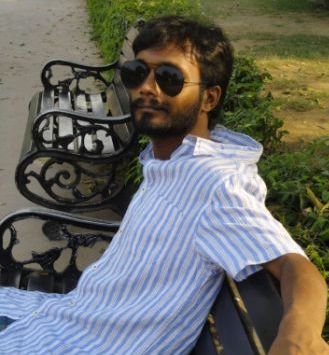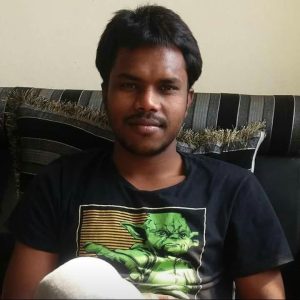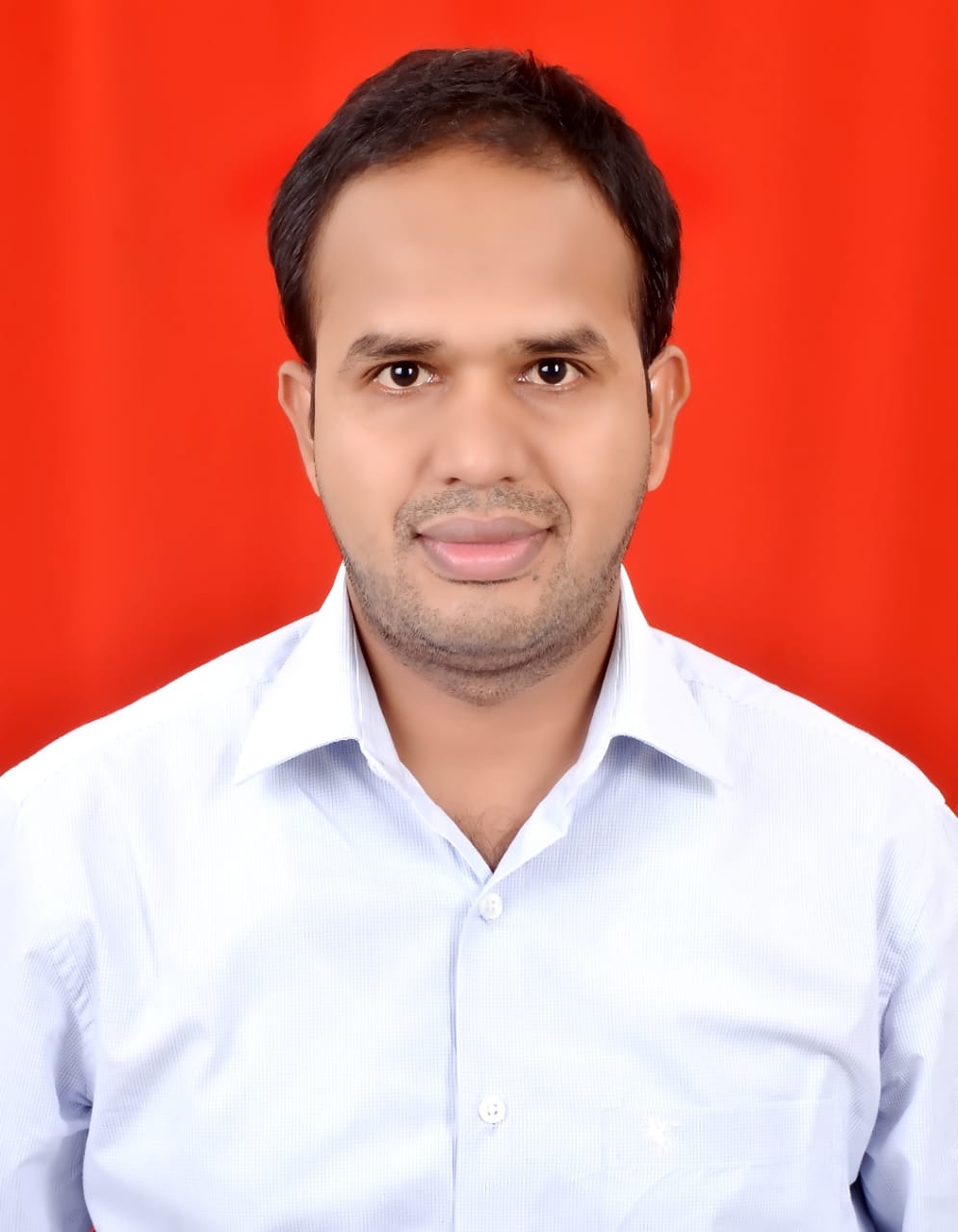Rahul Sonpimple
“The history of India is nothing but a history of mortal conflict between Buddhism and Brahmanism”.
~ Dr. Babasaheb Ambedkar.
 Once again, my city Nagpur will be the hotspot of two contrasting realities. One will be the show of arrogance by caste Hindus through their religious practices and other will be the show of assertion and revolt against these very religious practices of caste Hindus by Dalits (erstwhile untouchables). On this 13th of October, Durga will be immersed amidst the chants of “jai devi jai devi mahishasur mardini …” signifying the killing of Mahishasur, an Asura (demon) King by the ‘goddess’ Durga.
Once again, my city Nagpur will be the hotspot of two contrasting realities. One will be the show of arrogance by caste Hindus through their religious practices and other will be the show of assertion and revolt against these very religious practices of caste Hindus by Dalits (erstwhile untouchables). On this 13th of October, Durga will be immersed amidst the chants of “jai devi jai devi mahishasur mardini …” signifying the killing of Mahishasur, an Asura (demon) King by the ‘goddess’ Durga.
The day is also marked off as a public holiday on account of the Dashhara festival. According to the Hindu scriptures and mythology, on this very day Rama killed the ten headed demon king Ravana and gave the throne of his kingdom Lanka to his brother Vibhishana. The name Dash meaning ten headed and hara meaning defeated, is symbolic of the victory of the Devas over the Asuras. In the evening a procession will be taken out from the Hindu populated area of the city, where people dress up as characters from the Ramayana and perform shows known as Ramlila, and ‘Ravana’ will be burned symbolizing ‘the victory of good over evil’.
Another part of the city, particularly North and South Nagpur, densely populated with Dalits (erstwhile untouchables) will dazzle in the color blue. Multi-colored Buddhist flags will fly high… houses and roads in the area will be ornamented with grand portraits of Buddha and Ambedkar. Hoardings will be put by national and regional political parties, congratulating Buddhists for Dhamma Chakra Parivartan i.e. conversion. Dhamma Chakra Parivartan is a day of great significance for the Dalits, the day when Dr. Babasaheb Ambedkar threw away the shackles of Hinduism and converted to Buddhism along with lakhs of his followers on October 14, 1956.
From a week before the event, market places start bustling with people excited to buy new white clothes to visit Diksha Bhumi (the place of conversion) and to buy new portraits of Ambedkar and Buddha. Lakhs of people gather at Diksha Boomi on the 14th October. Roads of the city in the evening present a confrontation between Saffron and Blue. This time my mother, as a member of the local Buddha Vihara Committee in our basti, with other women members is busy and anxious to collect more funds as compared to the previous year’s collection, so that they can cover the expenses of food stalls which will be put up for visitors. Youth of the basti join the women to collect the contributions. Men, after coming back from work, get busy with painting and decorating the Buddha Vihara and the basti.
I have been asked to contribute more money for this year’s program. My neighbor Viashali Tai has withdrawn 2,000 rupees from her S.H.G savings and decided to paint her home and buy new clothes for her children after two years. Some houses in the basti are full with relatives coming from far-off villages to celebrate Dhamma Chakra Parivartan Din and special food preparations have begun. My sister-in-law is regretting that she can’t go to Diksha Bhumi this year due to her pregnancy. The neighbour’s kid is demanding a new Ambedkar T-shirt and some money to spend on the occasion from his parents. Some of my friends from the basti, mostly construction labourers, with the guidance and counseling from the monks of the Buddha Vihara in the community, have decided to restart their study in the night school. Some of them have told me that they are going to stop drinking liquor and will buy new clothes for their children and wives.
The old Ajji (grandmother) in the basti sits on the floor of the community Buddha Vihara, uttering the names of Ambedkar and Buddha, telling people that this will be her last visit to her ‘Baba’ (Dr. Ambedkar). As usual, my mother will take out her treasured old books of Dr. Ambedkar and Buddha from the cupboard, which my father had started to read six to seven years prior to his death. She will collect all the family members around her and ask someone to read for her from the books. Once again we will have our own space and time to celebrate, to enjoy and to claim our humanity. The books will be read amidst the slogans of Jai Bhim (victory to Bhimrao Ambedkar) to remember the long struggle of our father Dr. Baba Saheb Ambedkar.
There are several speculations about Ambedkar’s decision of conversion on the chosen day of Dashhara. According to many Dalit intellectuals, it was a deliberate decision of Ambedkar to counter the cultural hegemony of caste Hindus. The binary of this day has its own importance in the history of Dalit assertion and also marks the initiation of building of an alternative culture. The process and preparations prior to celebrations of the conversion day bring forth many evidences of socio-religious changes in the lives of Dalits, giving glimpses of the making of an alternative culture by positioning Ambedkar and Buddha as the main heroes.

Nagpur, with its unique and exceptional importance in national politics, having the RSS headquarters on the one hand and the Diksha Bhumi on the other, has always been a centre of reproduction of caste culture by Hindus and construction of counter-culture by Dalits. Nagpur is a historical site of Dalit assertion and therefore Dr. Ambedkar chose it for the purpose of conversion. Scholars have provided evidence of a glorious Dalit past in this region; for example, one of the memories that the city invokes is of the popular association of the Dalits with ‘Nagas’, who according to many foreign and Dalit intellectuals, were a powerful people, whom the Aryans were unable to conquer, and with whom the Aryans had to make peace and were compelled to recognize as their equals.
Ambedkar himself in his writings (Revolution and Counter-Revolution in Ancient India,” Vol. 3, 1987, pp. 267-8) and in his conversion speech in Nagpur in 1956, referred many a times to the Nagas as Buddhists and as indigenous rulers, particularly in the Vidarbha region. However, the post Ambedkar period has seen many new developments in the making of an alternative culture that does not indulge in remembering or recalling the glorious Naga past but rather holds Ambedkar and Buddha together as the only reference point for Dalit assertion and future. Ambedkar’s 22 vows, which he had recited during the conversion ceremony, have become a strong instrument for Dalits to counter the Hindu hegemony.
The vows outlined by Ambedkar centered on the rejection of the Hindu faith, practices, festivals and Brahmin priests. Further the vows emphasized on the belief in equality of all. These vows give a sense of Ambedkar’s imagination of an alternative culture against Hindu hegemony that would provide a way forward for the Dalits. It is interesting to note that many Dalits make the 22 vows a reference point to criticize those Dalits who continue to practice the Hindu rituals secretly. According to Dipankar Gupta, even where Dalits have converted to Buddhism, as in Maharashtra, Hindu beliefs, rites and customs still prevail. However, such scholars have failed to observe that such deviants usually get vehemently criticized by the community.
One needs to understand and take into account the new developments which have taken place after 56 years of the conversion. These developments can be seen in the new Dalit literature, community infrastructure, songs and poetry, ideological development, political development and change in the religious practices. The stories of Ambedkar were earlier narrated by elders of the family to children. However, the advancement of education in community and growing popularity of Ambedkar has resulted in the development of community literature. This community literature centers on the life stories and messages of Ambedkar and Buddha in the forms of books, booklets, pamphlets and in several other forms.
Further, it is important to note that in Nagpur, the Buddha Viharas have played a very fundamental role not only by providing a public space to the Dalits, but also by becoming a centres of mobilization in the fight for justice. For instance, during the Khairlanji protests most of the meetings took place in the various Budddha Viharas, where strategies were planned for the protest. These Buddha Viharas have provided an alternative public sphere for many Dalits in which they do not just find a place for their religious needs but also get a space to counter the Hindu hegemony by reading and discussing Ambedkar and Buddha’s thoughts. In addition, these Buddha Viharas also become study centres for the Dalit youth. A Buddha Vihara is a community property and most of the times headed by the community’s women, unlike in Hinduism where the male Brahmin priest is the sole authority of a temple.

The most tangible part of the making of the alternative culture is the composition of new songs by the Dalit artists. The distinctiveness of these songs is that, they not only glorify the Buddha’s teachings and Ambedkar’s struggle, but also critique the divisive politics and self-interests of the Dalit politicians and leaders. The songs not only rebuke Hinduism but also bare open the internal tensions within the Dalit community. One of the popular songs in the community, which condemns the Hindu past and honors the new Buddhist life, is as follows (the song was composed by Parakash Patnakar, a popular Ambedkarite singer from North Nagpur:
“Nako To Dharm Majala, Jo Mala Na Padta Alla
Nako To Granth Mala, Jo Mala Na Tadta Alla,
Khara To Dipak Chota, Jo Mala Tadta Alla,
Anni Dahyachya Haynae Janye, Mala Andhar Nihad Ta Alla“.
I don’t want a religion which I cannot follow
I don’t want a religion which I don’t understand
The Buddha Dhamma which I could understand is a true hope
After struggle and ceaseless efforts
I have come out from the dark.
To contest and challenge Hindu hegemony, Dalit Buddhists in the region have always used ideological and political means. With ideological commitment and political assertion Dalit Buddhists in the region have also changed their religious practices in most spheres of their life. One can observe such changes in the new practices from birth to death ceremonies. For instance unlike caste Hindus, the Dalit Buddhists of the region celebrate a birth ceremony by singing Ambedkar and Buddha’s songs. During the death ceremony they sing Buddha Vandan (Prayer). With the changing and growing consciousness in the community, they have begun to name their children after the epic personalities of Buddhist era, for example, Nirvann, Pradnayashil, Buddhvata, Diksha etc. These new changes in the community are not just indicative of an emerging alternative culture in the region but powerfully demonstrate the open challenge to the historical dominance of Hinduism.
~~~
Rahul Sonpimple is an Academic Associate at IRMA, Anand, Gujarat.
[Pictures courtesy: the net]










